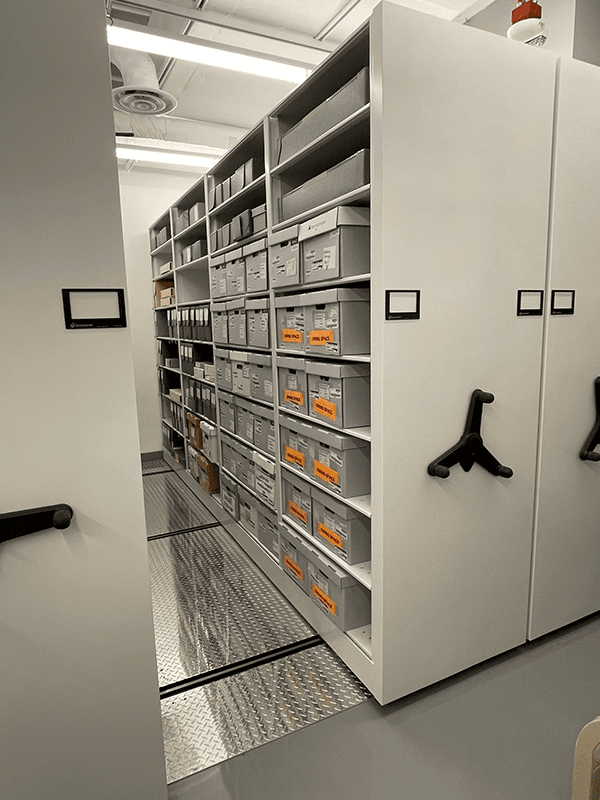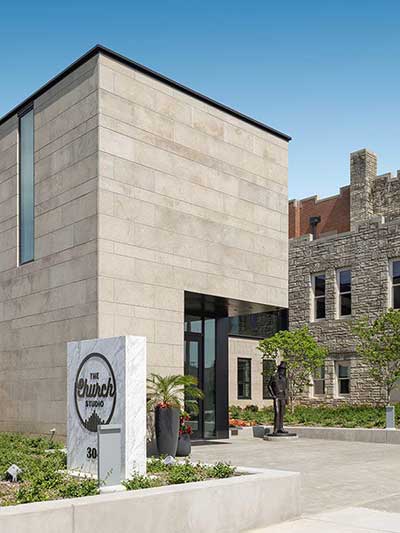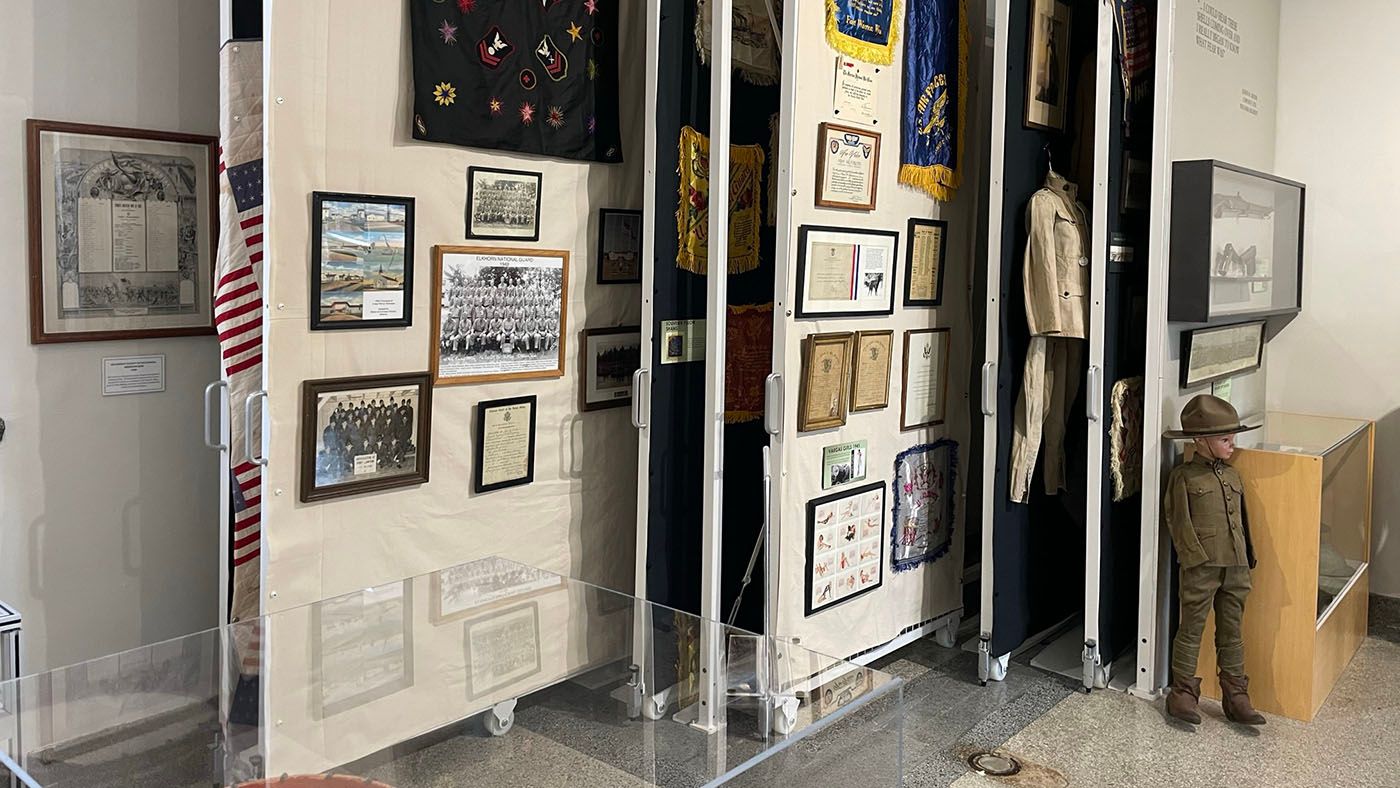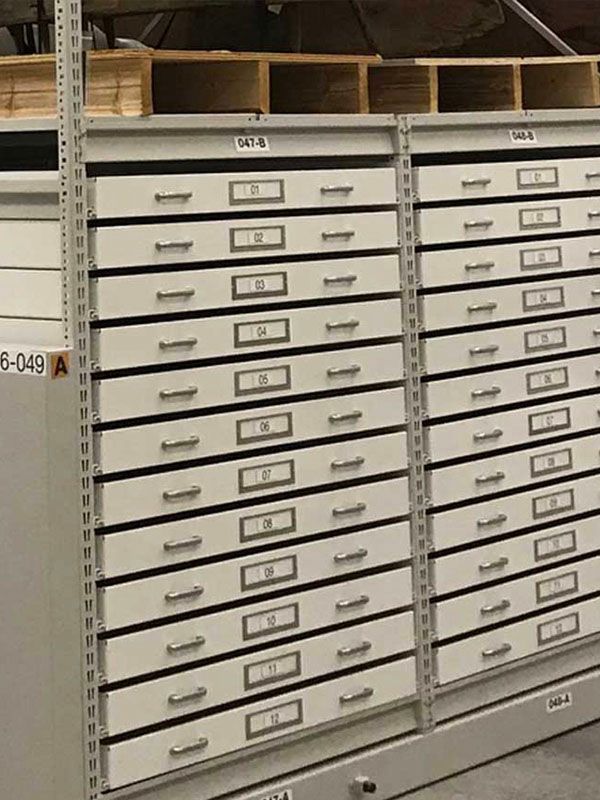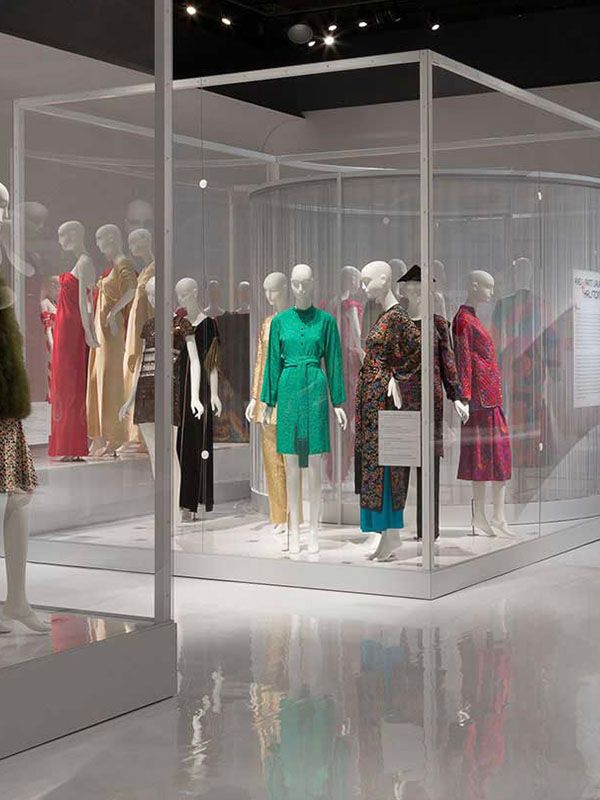Tucson, Arizona
Visible collections at an Arizona museum
Visible collections help visitors understand the breadth and depth of a museum’s holdings, while also protecting stored objects.
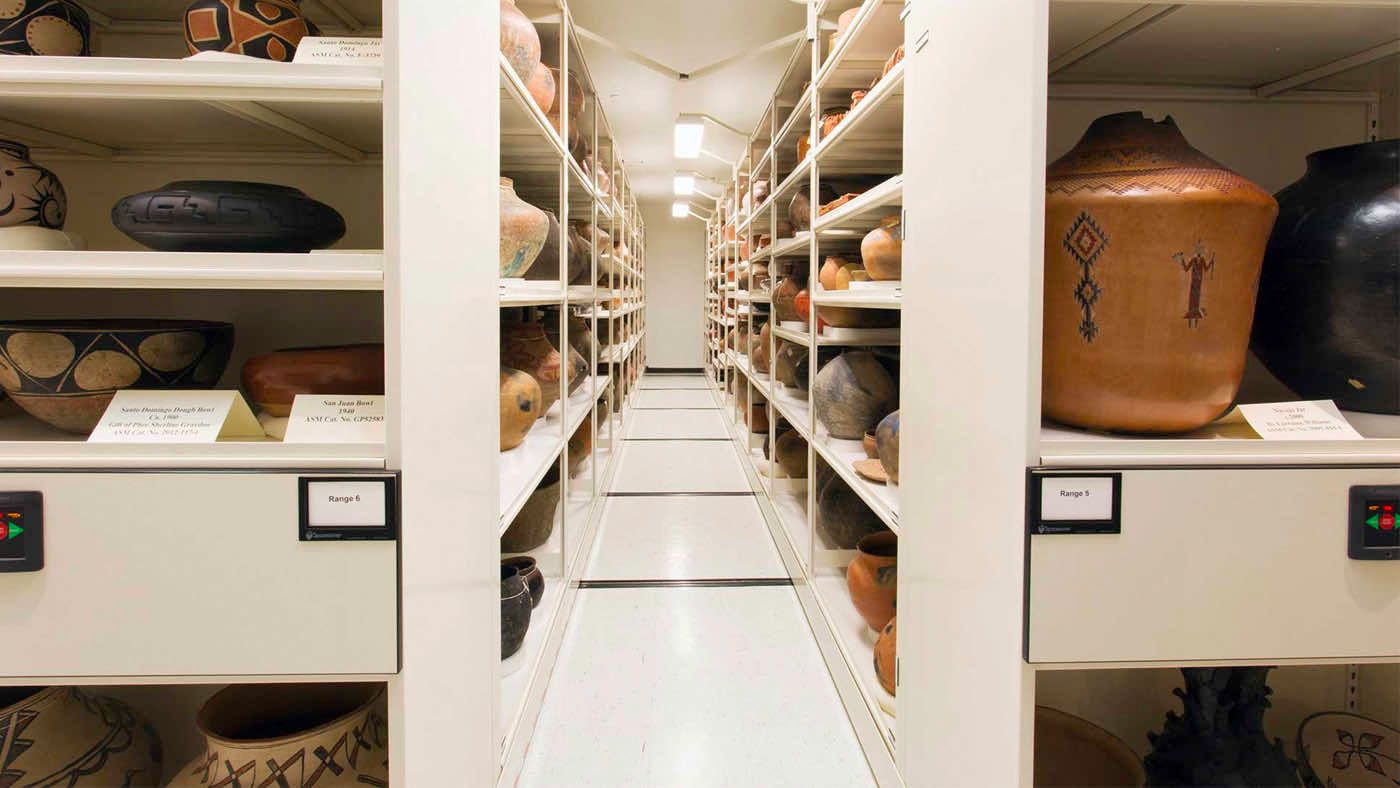
Improving Preservation & Access
The Arizona State Museum, located on the University of Arizona campus in Tucson, is the nation’s largest state-run archeological repository. It’s also home to renowned pottery and basketry collections that reflect cultures of the southwestern U.S. and northern Mexico. Thanks to an innovative concept that combines storage and display, those collections can now be viewed not only by scholars but also by any museum visitor.

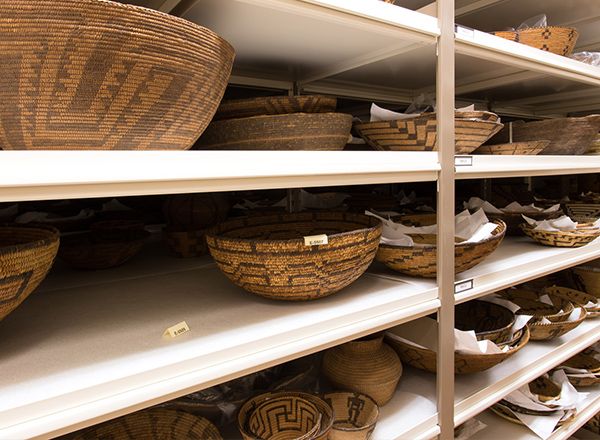
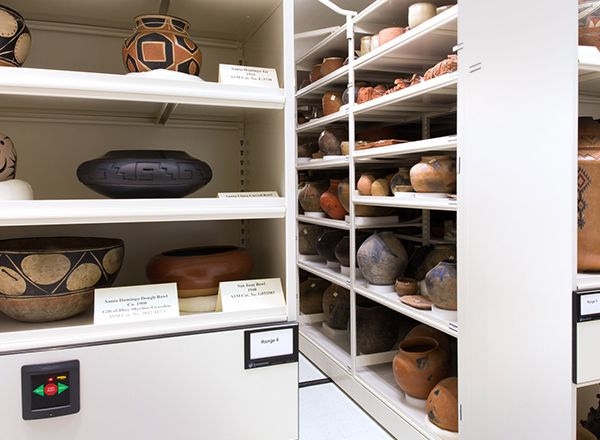
Nancy Odegaard, the museum’s head conservator, explained that preserving the collection has been and continues to be of utmost concern. When she left Harvard’s Peabody Museum to begin caring for the Arizona State Museum’s collections about 20 years ago, she was concerned that the lack of climate-controlled storage conditions would accelerate the artifacts’ deterioration.
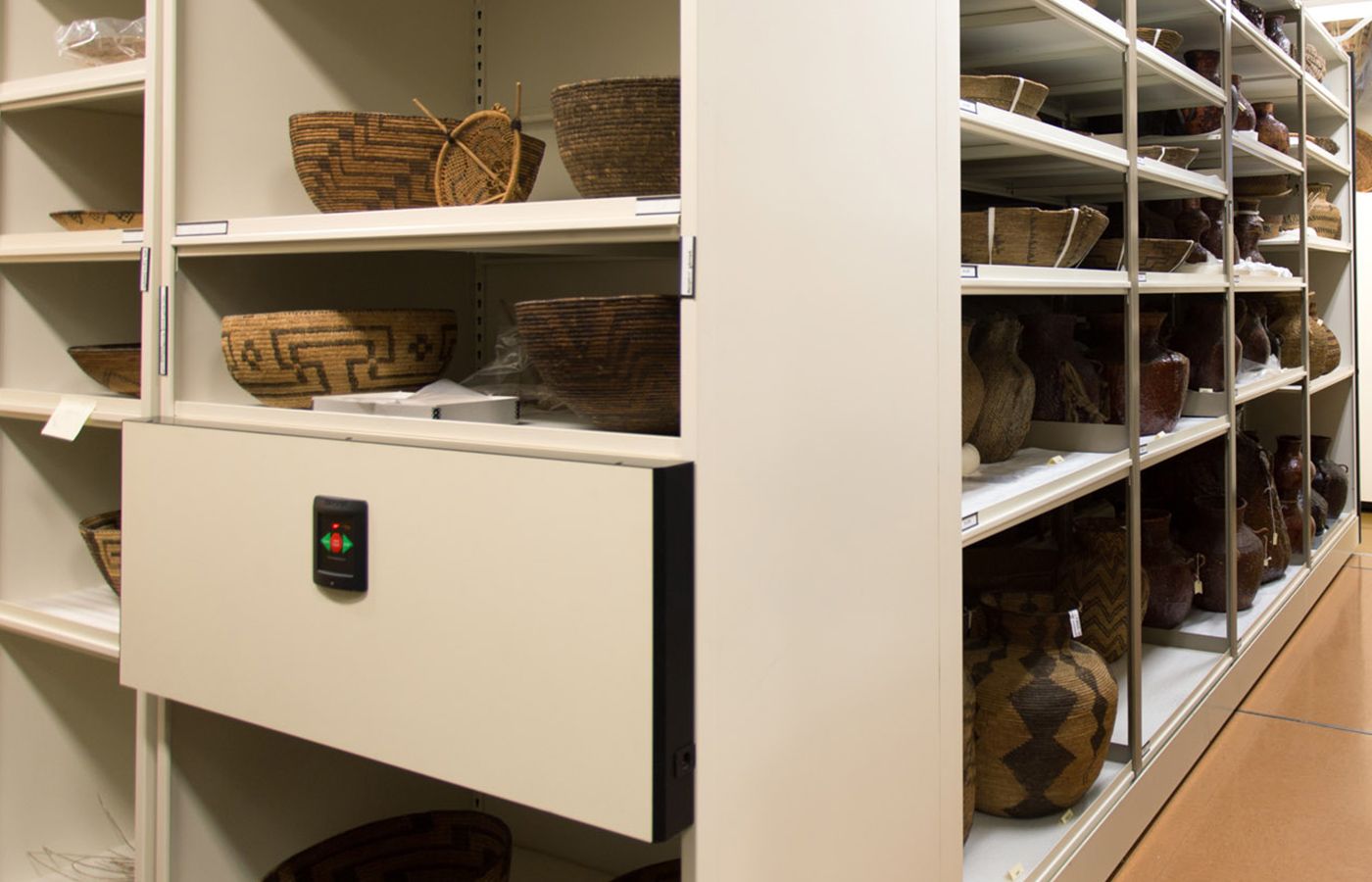
"Allowing people to understand the breadth and depth of a collection is inspiring. The fact that we could get all of it in here is just awesome."
- Nancy Odegaard, PhD, FAIC, FIIC, Head of the preservation division at the Arizona State Museum
Transforming Collections Areas
A “Save America’s Treasures” grant awarded in 2000 laid the foundation for the transformation of the pottery collection’s storage and display space, as well as its conservation work areas. The pottery collection had been stored in various areas in two old buildings on campus, and the conservation work areas were cramped and outdated. The grant, along with generous contributions to the museum, allowed for the construction of a new state-of-the-art conservation lab, a stunning gallery space, and a unique vault that allows museum visitors to view the collection.
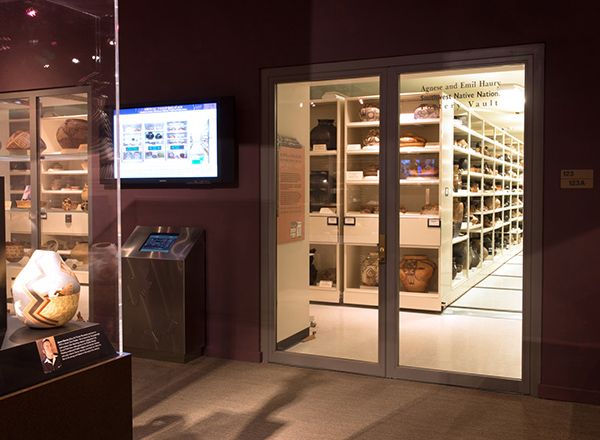
Want the rest of the Story?
See more photos (including this museum’s basketry collection!) and learn about space planning considerations for visible collections areas.
Want the rest of the Story?
See more photos (including this museum’s basketry collection!) and learn about space planning considerations for visible collections areas.

